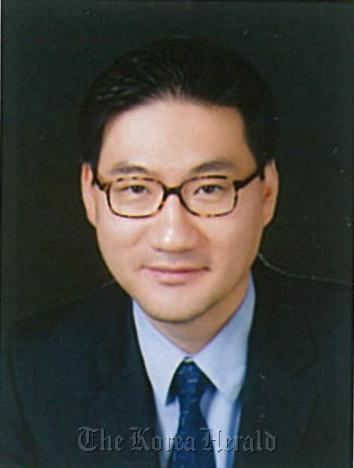Some time ago, a client who was working for a leading private equity firm in the United States attended a regional management event in Japan. There, the chief executive officer of the firm was presenting and engaging in discussion about Asia’s expansion ― but not one word was mentioned about the Korean market.
It used to be that Korea was “outside the main radar” for many investors, and it was very difficult to make an arrangement for the very top senior executive to make a visit to this country. Korea is still not the main market for investment, lagging behind China, Japan and Australia; but interest in Korean capital has been rapidly increasing, largely due to overseas investment by local pension funds and institutional investors, and it is not uncommon for senior executives from leading global investors and asset managers to make frequent visits to Korea pursuing outbound business opportunities, with some considering both inbound investment into Korea as well as outbound investments.
According to a recent survey by The Korea Herald related to performance of three pension funds in Korea-namely the National Pension Service, Korea Teachers Pension and Government Employees Pension Service ― all recorded a positive yield; higher income in overseas investment than local investment, and alternative investment such as infrastructure and real estate compared to stocks. This overseas investment by local pension funds will continue at an even more aggressive pace with greater allocation to the alternative investment side ― a natural phenomenon where investors would like to seek higher yield and diversify their investment portfolios by investing abroad.
According to research done by an international real estate consulting firm, investors globally are increasing their allocation to assets beyond the country border where the increase is essentially triple the amount from 2011 for Asia Pacific investors.
With this global trend in mind, there is a right way and wrong way for how foreign investors and asset managers should approach the Korean market for the purpose of capital raising or otherwise.
Let us talk about the right way for this article’s purpose. For example, to my knowledge, there are seven or eight pension funds (perhaps more) that are active in overseas alternative investment and their investment criteria and operation mechanics varies. Some are more yield-driven than others and thus would be investing in countries outside of the OECD, which has traditionally been viewed as a stable investment market; interested target assets are also different ranging from commercial building acquisition to retail and energy related projects; and some would do only fund-of-fund transactions.
The language barrier is also an important issue and it is always prudent to check beforehand whether a Korean-speaking individual should be present at a meeting with a Korean party. An interesting circumstance I noticed and would advise as such to foreign investors is that it is wise to have a “gray hair,” very senior-looking person who would seem to have authority to be present at the initial or an important meeting. Korean society stems from Confucian values where we respect elders and people with seniority, and a person with such status would certainly convey commitment and trust from the perspective of a Korean party.
Also, an effective strategy is to show actual deals which the Korean party can look into right away (especially in those countries which Korea is less familiar than other countries such as Brazil).
Lastly, certain regulatory compliance matters should be considered such as fund marketing registration requirement. These are all seemingly simple and logical, but it is surprising sometimes how we forget the fundamental approach.
There is homework and challenges for our Korean investors’ side as well. There are so many deals being presented and we need to develop an eye to be selective. According to a close client of mine who is a major investor out of Europe, some of the deals that are being introduced to Korean investors are “old deals” which have been in the market for over six months to even one year. But again, according to another leading Asian investor based in China, this type of deal presents an opportunity for better price negotiation and to create higher yield.
We foresee Korean investors taking business opportunities in Europe given the current economic situation, especially in the London market while Korean investors will continue to search for investment opportunities in selected major cities in the U.S.
 |
Kwon Lee |
By Kwon Lee
The writer is a senior member at Kim & Chang’s Corporate and Real Estate & Construction Group and co-head of the practice group, and is responsible for cross-border transactions at the firm. ― Ed.





![[Exclusive] Hyundai Mobis eyes closer ties with BYD](http://res.heraldm.com/phpwas/restmb_idxmake.php?idx=644&simg=/content/image/2024/11/25/20241125050044_0.jpg)
![[Herald Review] 'Gangnam B-Side' combines social realism with masterful suspense, performance](http://res.heraldm.com/phpwas/restmb_idxmake.php?idx=644&simg=/content/image/2024/11/25/20241125050072_0.jpg)

